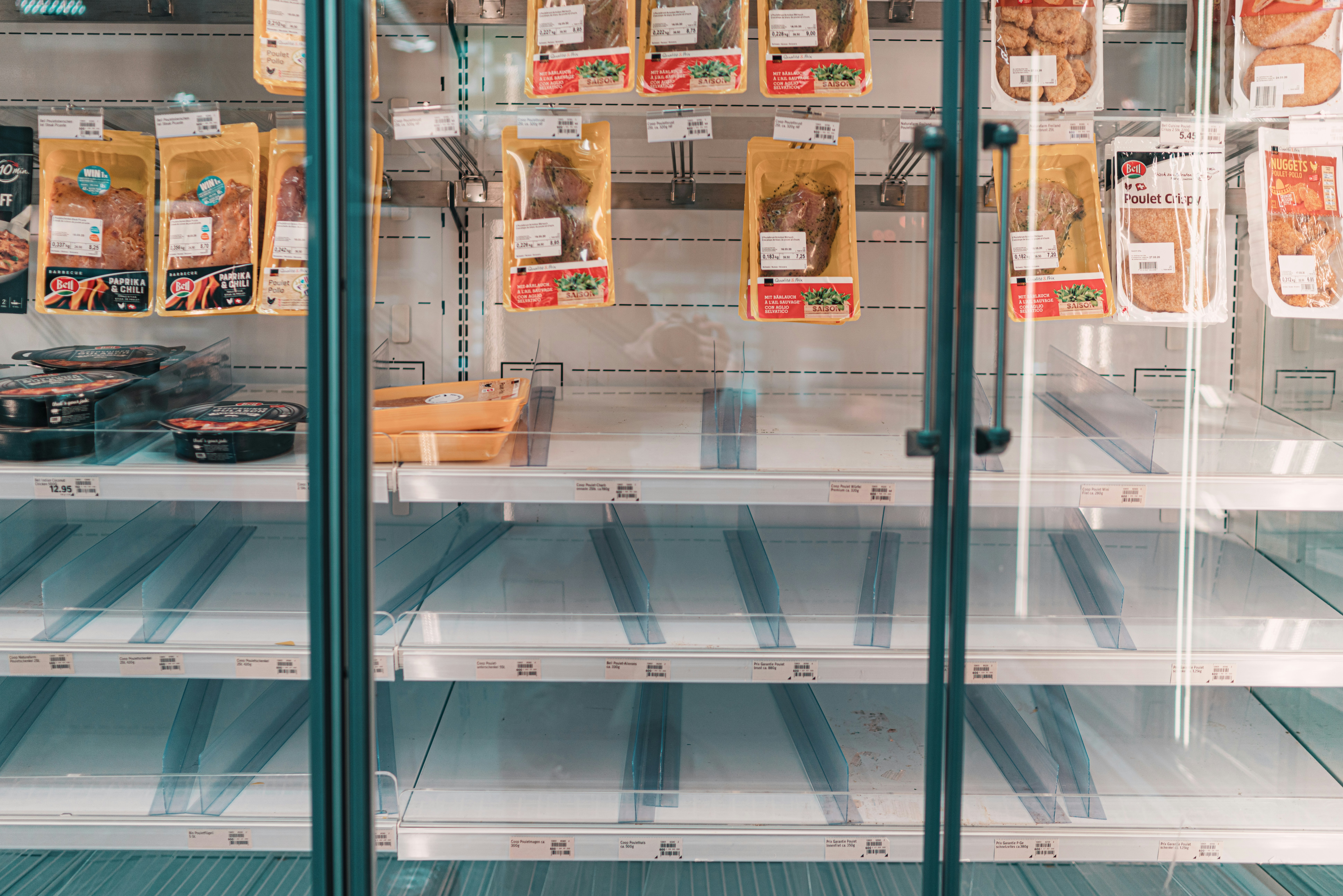In the spring of 2020, the COVID-19 pandemic disrupted global supply chains, leading to significant shortages in various sectors, notably the meat industry. As beef and pork supplies dwindled due to processing plant closures and operational challenges, consumers sought alternative protein sources, with seafood—particularly sushi—emerging as a popular choice.
Meat Industry Disruptions
The pandemic’s onset saw numerous meatpacking plants across the United States becoming hotspots for COVID-19 outbreaks. By April 27, 2020, at least 4,913 workers in 115 meat and poultry processing facilities across 19 states had contracted the virus, with 20 reported fatalities. This led to sporadic shutdowns and a reduction in meat processing capacity. Specifically, pork processing experienced a 25% reduction, and weekly beef production saw a 19% year-over-year decline by late March 2020.
These disruptions resulted in spot shortages of meat products nationwide. Fast-food chains like Wendy’s faced beef shortages, leading to menu adjustments, while retailers such as Costco and Kroger implemented purchase limits on meat items. Concurrently, millions of farm animals, including chickens and pigs, were euthanized due to processing bottlenecks, further exacerbating supply issues.
Shift to Seafood and Sushi:
With traditional meat sources becoming scarce, consumers pivoted to alternative proteins. Seafood, especially sushi, gained prominence during this period. Several factors contributed to this shift:
1. Availability: Seafood supply chains remained relatively stable compared to the meat industry. Fisheries and seafood processors adapted quickly to changing demand patterns, ensuring a consistent supply to retailers and consumers.
2. Health Perceptions: Sushi, often perceived as a healthier option, appealed to health-conscious consumers seeking nutritious meals during the pandemic. The emphasis on fresh ingredients and omega-3-rich fish made sushi an attractive alternative.
3. Convenience: Grocery stores expanded their ready-to-eat sushi offerings, making it accessible for consumers seeking quick meal solutions without the need for preparation.
Grocery Store Sushi Surge
Grocery retailers observed a notable uptick in sushi sales during the meat shortages. Chains enhanced their sushi sections, offering a variety of options to cater to diverse palates. The convenience of purchasing prepackaged sushi combined with its perceived health benefits made it a go-to choice for many households.
Long-Term Implications:
The pandemic-induced meat shortages and the subsequent shift to seafood alternatives like sushi have had lasting effects on consumer behavior:
• Diversified Diets: Consumers became more open to incorporating a variety of protein sources into their diets, reducing reliance on traditional meats.
• Sustainable Choices: The crisis prompted discussions about sustainable food sources. Seafood, when sourced responsibly, offers a more sustainable protein alternative, aligning with the growing consumer emphasis on environmental considerations.
• Prepared Food Consumption: The success of grocery store sushi highlighted a trend toward convenient, ready-to-eat meals. This shift has encouraged retailers to expand their offerings in the prepared food sector, catering to the evolving preferences of consumers.
In conclusion, the meat shortages of spring 2020 acted as a catalyst for change in consumer protein preferences. Seafood, particularly sushi, emerged as a viable and attractive alternative, leading to a diversification of diets and influencing long-term food consumption trends.
From Shortage to Sushi: How the 2020 Meat Crisis Shifted America’s Palate

Leave a Reply